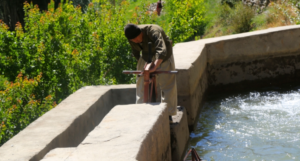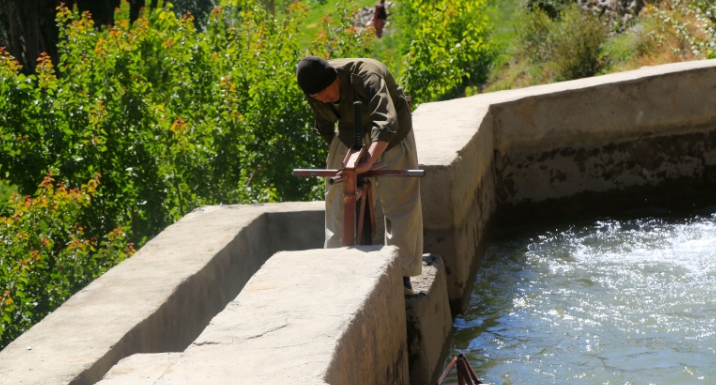Designing a Micro Hydro Power Plant for Remote Villages
Micro hydro power plants offer a sustainable and efficient way to generate electricity for remote villages. This guide provides a step-by-step approach to designing and implementing such a system.
Key Components and Materials
- Water Source: A reliable stream or river with sufficient flow and head.
- Intake Structure: For diverting water into the system.
- Penstock: A pipe or channel to carry water to the turbine.
- Turbine: Converts water flow into mechanical energy.
- Generator: Converts mechanical energy from the turbine into electricity.
- Control System: Regulates power output and protects the system.
- Transmission Lines: Carry electricity from the generator to the village.
- Foundation and Housing: Secure and protect the components.
Step-by-Step Instructions
- Assess the Site
- Evaluate the water source for flow rate and head height.
- Ensure minimal environmental impact and access to the site.
- Calculate Power Output
- Use the formula: Power (kW) = (Flow rate (m³/s) × Head (m) × Efficiency) / 9.81.
- Determine the village’s energy needs to size the system appropriately.
- Design the System
- Plan the intake structure to minimize debris and sediment.
- Choose a suitable penstock material (e.g., PVC or steel) for durability.
- Select a turbine type (e.g., Pelton, Francis, or Kaplan) based on site conditions.
- Procure Materials and Components
- Source high-quality components that match the design specifications.
- Ensure compatibility between the turbine and generator.
- Construct the Intake and Penstock
- Build a weir or diversion structure to channel water.
- Lay the penstock along a stable path, minimizing bends and friction losses.
- Install the Turbine and Generator
- Secure the turbine in a protected housing.
- Connect the turbine to the generator via a shaft or belt system.
- Set Up the Control System
- Install voltage regulators and load controllers to stabilize output.
- Include protective devices like circuit breakers and surge protectors.
- Lay Transmission Lines
- Use insulated cables suitable for the distance and power level.
- Install poles or bury cables to ensure safety and durability.
- Test and Commission the System
- Run initial tests to check for leaks, alignment, and electrical output.
- Adjust settings for optimal performance and safety.
- Train Local Operators
- Provide training on system maintenance and troubleshooting.
- Develop a schedule for regular inspections and repairs.
Challenges and Troubleshooting
- Debris Blockage: Regularly clean the intake structure to maintain flow.
- Mechanical Wear: Inspect and replace turbine and generator parts as needed.
- Voltage Fluctuations: Use stabilizers and ensure balanced load distribution.
Additional Features
- Battery Storage: Store excess energy for use during low-flow periods.
- Hybrid Systems: Combine with solar or wind power for greater reliability.
- Remote Monitoring: Use IoT sensors for real-time performance tracking.
Safety and Maintenance Tips
- Install safety barriers around moving parts and high-voltage areas.
- Schedule regular maintenance to prevent system failures.
- Monitor water levels and flow rates to avoid overloading the system.
Conclusion
Designing a micro hydro power plant for remote villages provides a sustainable and reliable energy solution. By harnessing local water resources, these systems empower communities, reduce reliance on fossil fuels, and promote energy independence. With careful planning and maintenance, micro hydro systems can operate efficiently for decades.

Also Read :
- Designing a Sustainable Cooling System for Hot Climates
- Designing a Low-Cost, Energy-Efficient Solar Water Heater
- Designing Resilient Infrastructure for Earthquake-Prone Regions
- Renewable Energy Engineering: Designing Sustainable Power Systems
- Developing an Eco-Friendly Concrete Mix Using Recycled Materials
